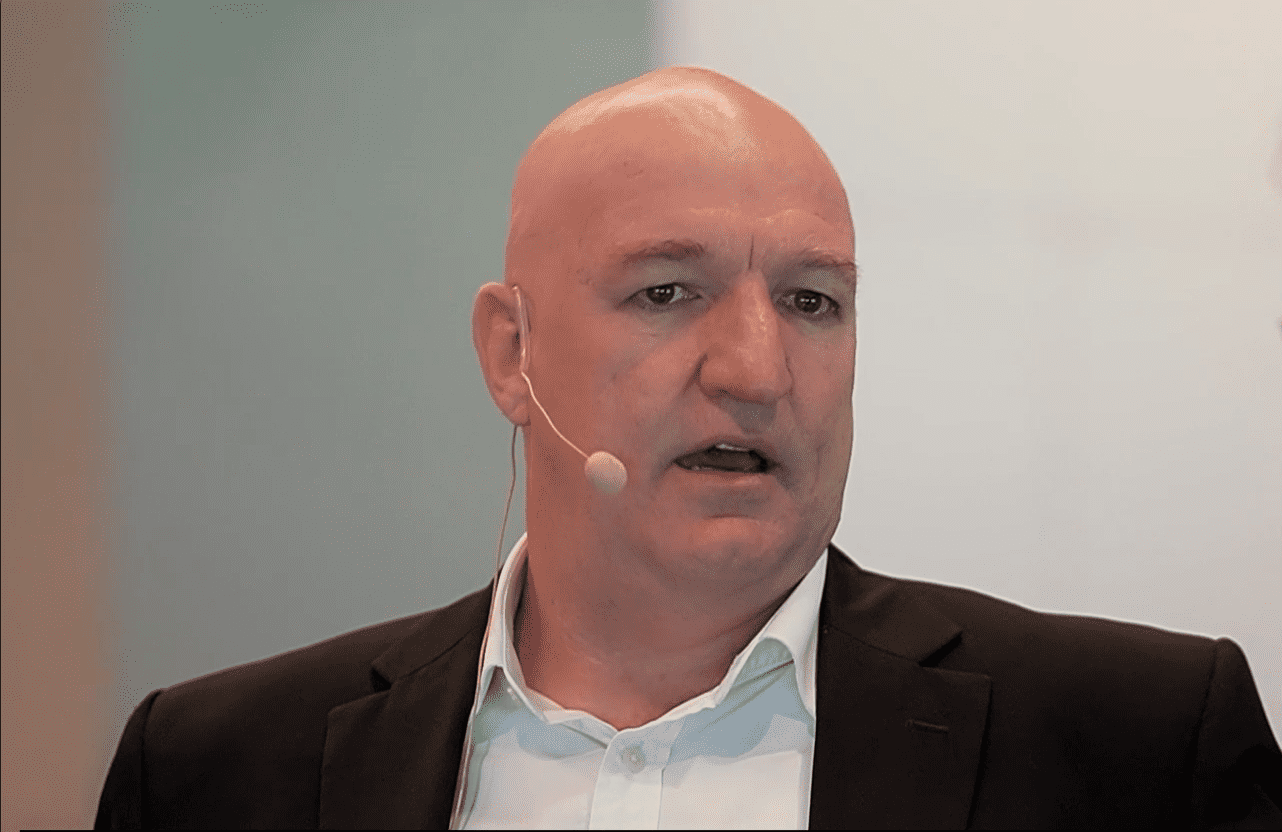The S&P/ASX 200 (Index: ^AXJO) (ASX:XJO) has managed to post a respectable gain of 2.5% for the year-to-date, but that is nothing compared to some of the gains posted by the shares below:
| Company | Market Cap* | P/E Ratio | Dividend Yield | Year-to-date Gain | 5 Year Total Return |
|
Auscann Group Holdings Ltd (ASX: AC8)
|
$89 million | – | – | 348% | N/A |
| $83 million | – | – | 320% | -25.4% | |
| $83 million | – | – | 258% | -1.4% | |
| MMJ Phytotech Ltd (ASX: MMJ) | $136 million | – | – | 212% | N/A |
| $124 million | – | – | 173% | N/A | |
| $246 million | – | – | 119% | -23.4% | |
| $150 million | – | – | 111% | 17.4% | |
| $147 million | – | – | 101% | 26.5% | |
| $380 million | – | – | 95.6% | 34.9% | |
| $190 million | – | – | 85.2% | -13.5% |
Source: CommSec
*Please note, I have excluded shares with a market capitalisation of less than $80 million.
Unfortunately, it would be very difficult to consider any of the shares listed above as investment grade material.
In fact, it is pretty clear that most investors should steer well-clear of the shares above considering that not a single company managed to turn a profit over the past year. On top of that, it is hard to envisage any of these companies as having the ability to pay out a dividend anytime soon.
Nonetheless, there are some interesting companies on that list and it is not hard to see why some traders may be interested in them.
For example, Auscann and MMJ Phytotech operate in the medical marijuana sector and perhaps have the most credible prospects of those listed on the ASX. There is no doubt that the sector could be highly lucrative, but it still remains unclear exactly how these companies will develop a long-term competitive advantage.
Uranium, cobalt, lithium, gold and iron ore miners are also represented in the list above. Cobalt and lithium shares have been particularly popular over the last few months as some analysts have forecast huge demand for these minerals as a result of the growing demand for rechargeable batteries. Unfortunately, many of these smaller players are competing against much larger competitors who are likely to bring a higher level of expertise and scale to their operations.
Finally, Sky and Space Global is an exciting company that is developing nano-satellite technology aimed at providing telecommunications services to over 4 billion people. The company has an ambitious target of rolling out around 200 satellites over a five-year time frame, but with only three satellites contracted so far, this target seems a like a universe away.








